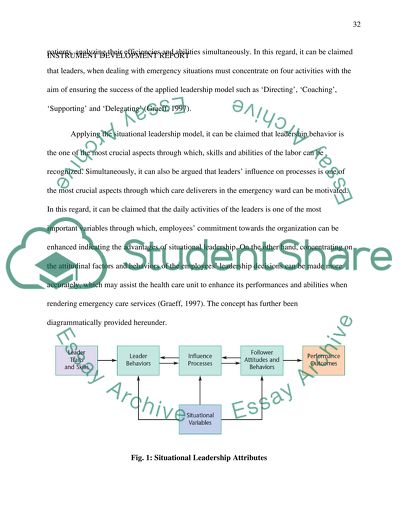Cite this document
(“The Situational Leadership Admission/Application Essay”, n.d.)
The Situational Leadership Admission/Application Essay. Retrieved from https://studentshare.org/psychology/1671169-instrument-development-report
The Situational Leadership Admission/Application Essay. Retrieved from https://studentshare.org/psychology/1671169-instrument-development-report
(The Situational Leadership Admission/Application Essay)
The Situational Leadership Admission/Application Essay. https://studentshare.org/psychology/1671169-instrument-development-report.
The Situational Leadership Admission/Application Essay. https://studentshare.org/psychology/1671169-instrument-development-report.
“The Situational Leadership Admission/Application Essay”, n.d. https://studentshare.org/psychology/1671169-instrument-development-report.


